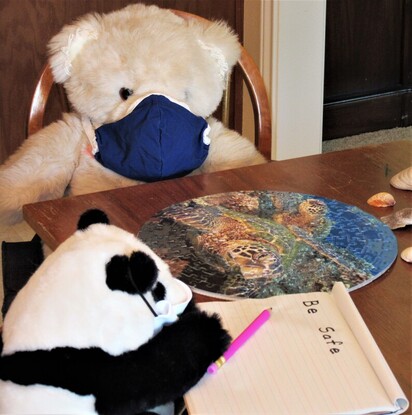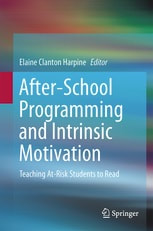First, Yes, Evidence Shows That the Vaccines Are Very Safe.
The truth is: COVID-19 vaccines are safe and readily available for ages 5 through seniors, and the COVID vaccine is the best way to prevent getting COVID-19. Also, don’t forget to keep wearing a mask. The mask is important and safe.
Did you know that the U.S. has been one of the countries hardest hit by COVID-19 in the world?
“Ironically, the nation which is considered the most medically advanced in the world has the highest number of both confirmed cases and deaths. The US count sits at just over 48 million cases, which is 18% of the world’s total. Deaths, at just over 777,000 are 15% of the world’s total. US numbers are also undercounted according to most experts.”
COVID-19 is on the rise again, especially the children. Give a child a chance to grow-up and become an adult, get the child vaccinated. Don’t believe the misinformation and lies. Vaccinate the children.
“Weekly pediatric infections have risen by more than 40% since late October.”
Second, People Often Do Not Understand What They Read
One of the reasons that coronavirus is so bad in our country is that people do not analyze or comprehend what they read. As I have said before, at my reading clinic, I teach children how to tell the difference between what is true and what is make-believe. Maybe we need to do this with adults as well. People need to understand what they read. They also need to be able to evaluate what they read.
I also teach children how to comprehend what they read. I'll be posting in the near future about how we can improve reading comprehension.
Keep children safe this Christmas. Let them Live. Get them vaccinated.
Don’t let social media lies kill the children.
_______________
For more about the failure of the standard system for teaching comprehension, see:
Reason #8 That Reading Scores Were Lower in 2019 than in 2017: The Three Cueing System
For more about teaching children, see:
How Dangerous Is Misinformation?







 RSS Feed
RSS Feed
